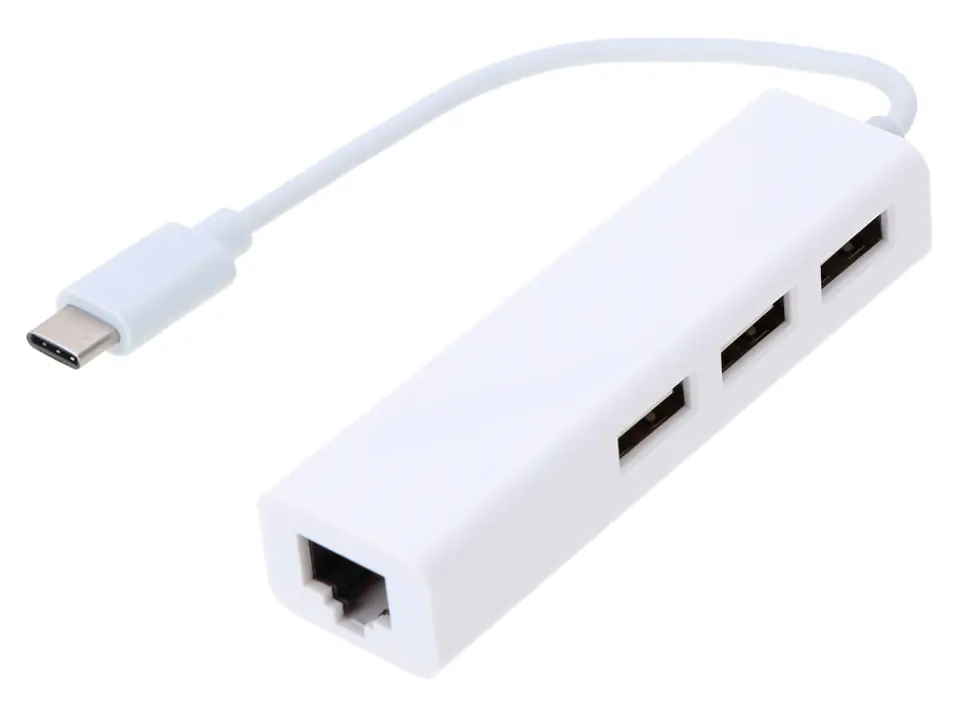What is USB-C?
The USB standard is almost an adult. After minor childhood ills, technology has become the connectivity standard for almost all devices – whether it's smartphones, PCs or notebooks. This has also been achieved thanks to the careful evolution of the interface. Now, however, contrary to tradition , USB is coming from scratch.
USB Type-C is a new type of plugs and connectors. With the progressive miniaturization of electronic equipment, USB plugs, unchanged for years, increasingly limit innovation in the construction of devices. Manufacturers complain not only about the thickness of the USB connector, but also about how much space it takes up inside the device. The new plug is thinner, narrower, shorter and symmetrical – it can be inserted in both directions. A USB Type-C cable has a large number of cables (minimum 15) and must meet strict signal quality requirements. In turn, four pairs of very high-speed differential signals not only give high throughput, but also enable communication using protocols other than USB. For example, DP mode has already been demonstrated several times, in which a USB Type-C connection replaces DisplayPort and allows you to connect a monitor. Additional connections in the USB Type-C plug can be used to transmit analog audio signal. Thanks to this, for example, a phone with USB C does not even have to have a headphone output, but only a connected adapter from USB C to a minijack.
Theoretically, USB Type-C is a definite advance, because it allows you to connect everything, even the power supply. The standard includes only one plug and one socket. It is clear that for some time we will be irritated by the tangle with adapters, but in the long run, life with a unified plug will be easier: users for all their devices, such as notebooks, tablets, smartphones and others, will need fewer cables and fewer power supplies.
USB-C 3.1 to RJ45 + USB3.0 x3 Adapter SPU-C3U1R



Despite our best efforts, we cannot guarantee that the published technical data and photos do not contain inaccuracies or errors, which, however, cannot be a basis for claims.



